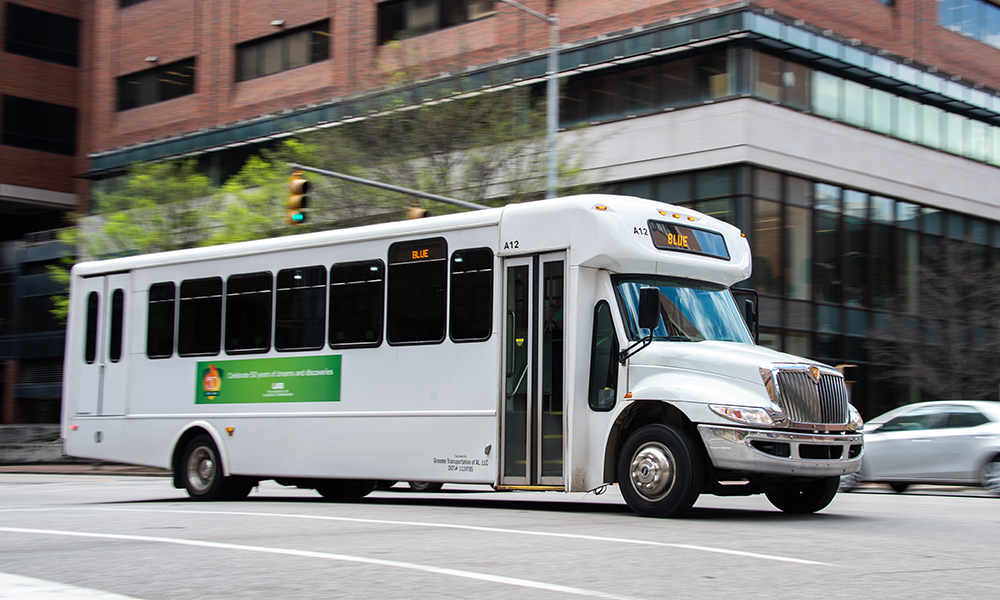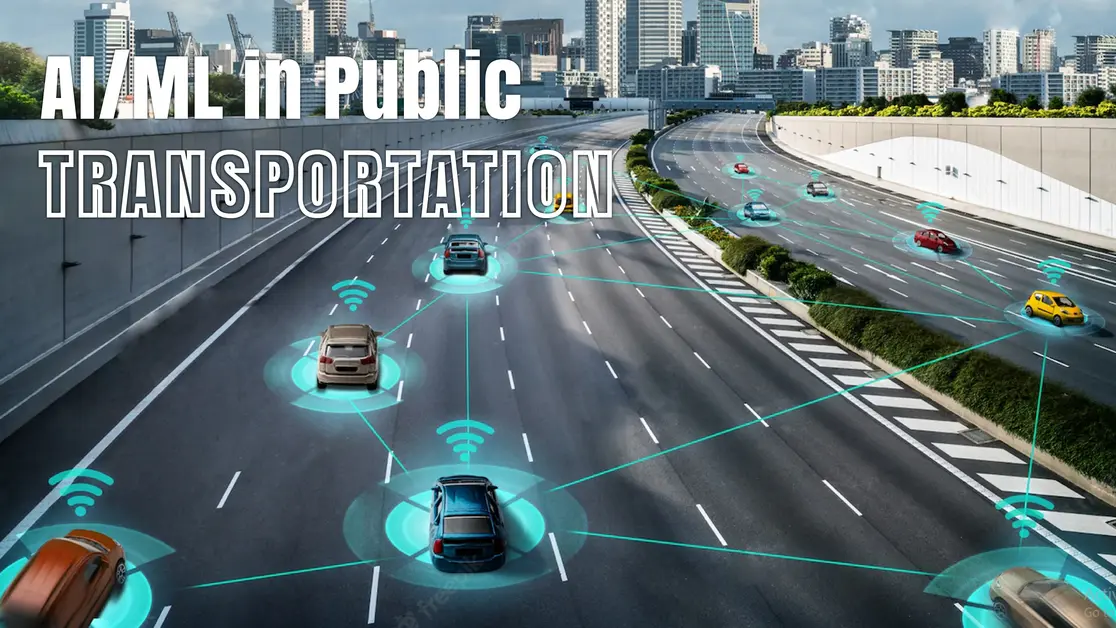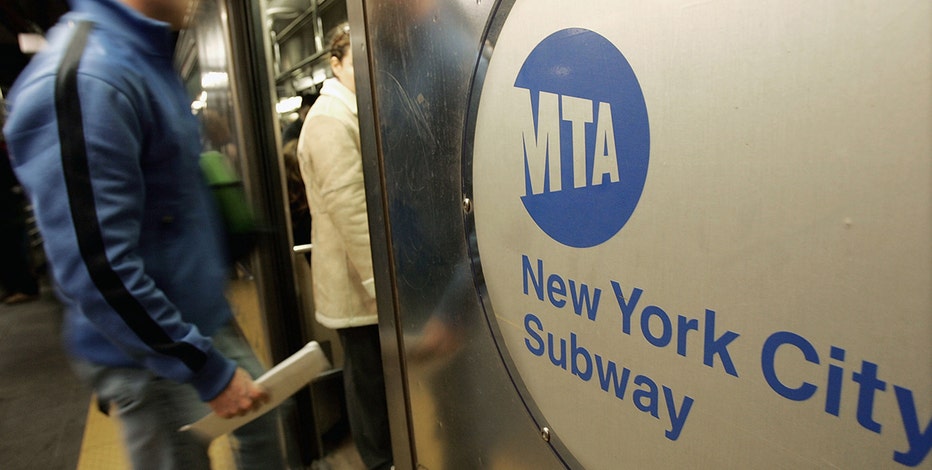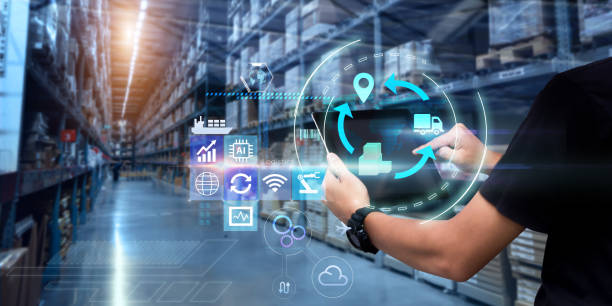In major urban centers across the United States, a persistent challenge for public transportation has been the obstruction of bus lanes. Despite dedicated lanes designed to expedite bus travel and ensure safety for commuters, illegally parked vehicles or cars driving in these lanes have continued to delay buses, resulting in longer travel times, heightened congestion, and unsafe conditions for passengers. However, as technology has advanced, artificial intelligence (AI) has emerged as a powerful solution to help address this issue, transforming how cities manage bus traffic and improving public transportation efficiency.
Here's ads banner inside a post

The Growing Problem of Bus Lane Blockages
Bus lanes are a crucial part of urban infrastructure, designed to provide public transportation vehicles with dedicated pathways, helping them avoid traffic congestion and ensuring timely services. However, the effectiveness of bus lanes is often undermined when they are blocked by vehicles. Whether it’s private cars, delivery trucks, or ride-sharing services, illegally parked or moving vehicles can significantly disrupt the flow of buses. This not only results in delays for passengers but also increases the risk of accidents, particularly when buses cannot access their designated stops. In some cases, bus stops themselves are blocked, leading to dangerous situations when passengers are getting on or off the bus.
Here's ads banner inside a post
The issue of bus lane obstruction is exacerbated in bustling urban environments, where traffic is already a significant challenge. In many cities, traffic officers patrol bus lanes to ticket offending drivers, but this method has proven inefficient due to limited resources. Enforcement is inconsistent and, more often than not, human officers cannot be everywhere at once, allowing the problem to persist. This inconsistency has led to the need for a more effective, scalable solution.
AI: The Solution to a Persistent Problem
Enter artificial intelligence, a technology poised to revolutionize the way cities manage bus lanes. AI-powered systems are being introduced in various cities across the U.S. to automatically detect and penalize drivers who block bus lanes. The technology behind these systems involves the use of on-board cameras installed on buses, equipped with sophisticated AI algorithms capable of recognizing traffic violations in real-time.
Here's ads banner inside a post

The process is remarkably efficient. When a vehicle enters a bus lane or parks illegally, the cameras capture footage of the offending vehicle, including a photo of its license plate. This data is immediately processed by AI software, which analyzes the footage to verify the violation. If the system identifies a breach, the information is sent to a platform where human agents double-check the evidence and confirm the infraction before a fine is issued.

This seamless, automated process reduces the need for human intervention and ensures that enforcement is consistent and accurate. AI offers a scalable solution that can be implemented across large urban areas, overcoming the limitations of traditional, manual enforcement methods.
The Widespread Adoption of AI in Major U.S. Cities
The success of AI-powered enforcement systems has already been demonstrated in several major U.S. cities. In Los Angeles, Washington D.C., and New York City, this technology is helping ensure that bus lanes remain clear and buses run on time. In New York, for example, the Metropolitan Transportation Authority (MTA) has launched an extensive program to install AI monitoring systems on buses. By the end of 2024, more than 1,000 buses in New York City will be equipped with these cutting-edge cameras, with the system already operational on several key routes in Manhattan, Brooklyn, Queens, and the Bronx.

The MTA’s initiative is not limited to detecting vehicles in bus lanes alone. It also monitors violations such as double parking and parking at bus stops, which can cause severe disruptions to public transport schedules and even pose safety hazards. By addressing these multiple issues, the MTA is taking a comprehensive approach to maintaining the efficiency of public transport in the city.
How AI Is Improving Public Transport Efficiency
The impact of AI-driven enforcement has been profound, with cities already seeing improvements in public transport efficiency. In New York City, for example, since the deployment of this technology, more than 438,000 fines have been issued for violations involving bus lanes. This enforcement has contributed to a noticeable increase in the speed of bus travel, with average bus speeds rising by 5%. Buses are now able to reach their destinations faster, reducing delays for passengers.

Additionally, the implementation of AI enforcement has contributed to a 20% reduction in bus-related collisions, enhancing the safety of both passengers and pedestrians. One of the most important benefits of AI-driven enforcement is its environmental impact. By reducing delays and improving the flow of buses, AI has helped lower CO2 emissions by as much as 5-10% in certain neighborhoods, contributing to cleaner air and a reduction in the overall carbon footprint of the city.

Beyond efficiency and safety, the use of AI to monitor bus lanes has ensured that bus stops remain accessible to passengers. Bus stops are often blocked by vehicles, creating dangerous conditions for people boarding or alighting from the bus. By addressing these blockages, AI ensures that the public transport system remains safe and user-friendly.

The Broader Implications of AI in Urban Mobility
The success of AI enforcement systems in bus lanes has opened up exciting possibilities for other areas of urban mobility. Hayden AI, the company behind the technology, has expressed plans to extend its AI monitoring capabilities to other types of infrastructure, such as bicycle lanes and pedestrian zones. As cities continue to grow and the demand for more efficient, sustainable transportation solutions increases, AI will play an even larger role in shaping the future of urban mobility.

AI’s potential to monitor and manage various forms of traffic and infrastructure could lead to smarter, more responsive transportation systems. In the future, AI could be used not only to enforce traffic laws but also to optimize traffic flow, reduce congestion, and improve the overall urban environment. The integration of AI into public transport management could help cities create more livable, sustainable spaces for their residents.
Addressing Challenges and Looking Forward
While AI-powered monitoring systems have proven successful, there are still challenges to overcome. Privacy concerns have arisen regarding the use of cameras to capture data on vehicles and drivers. It’s crucial for cities to ensure that they respect privacy laws and that the data collected is handled responsibly. Additionally, while AI systems are highly accurate, ensuring that they do not mistakenly penalize innocent drivers is a key consideration. Ongoing refinement of the technology will be necessary to maintain the system’s effectiveness and fairness.
Despite these challenges, the future of AI in urban mobility looks promising. As technology continues to evolve, AI systems will likely become even more efficient, precise, and capable of handling complex urban environments.
A New Era for Public Transport
AI is ushering in a new era for public transport, one in which bus lanes are clear, buses run on time, and passengers can travel with greater safety and reliability. Through innovative solutions like the AI-driven monitoring systems used in New York, Los Angeles, and Washington D.C., cities are able to address the age-old problem of bus lane blockages, improving the efficiency of public transport systems and reducing the environmental impact of traffic congestion. As AI technology continues to advance, we can expect even more exciting developments that will make urban transport systems smarter, safer, and more sustainable for future generations.

The Rise of AI Enforcement: Transforming Urban Mobility for the Better
AI technology has revolutionized the way cities approach the challenge of bus lane obstructions. By automating the detection of violations, cities have gained a powerful tool to improve the efficiency, safety, and sustainability of public transport systems. With widespread adoption in U.S. cities, this AI-driven solution promises to reshape urban transportation, paving the way for smarter, more sustainable cities.




